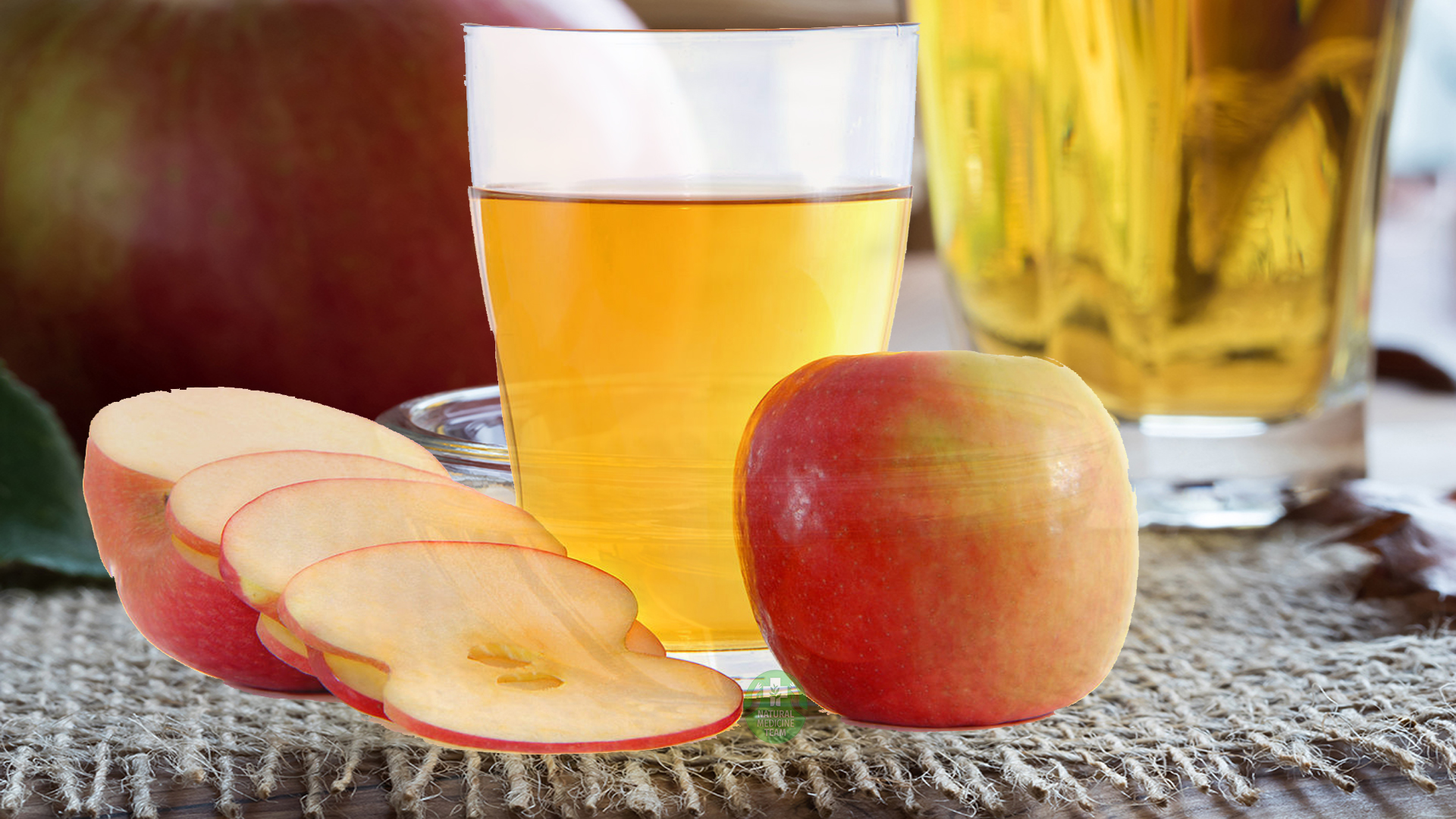Most health and natural living enthusiasts consider raw, unpasteurized apple cider vinegar to be liquid gold.
This truly healthy and all-natural product boasts a seemingly endless list of uses, starting with a digestive aid to a balancing hair treatment and skin tonic.

So, why not make your own apple cider vinegar at home? It is a great way to cut down on kitchen waste and it takes a mere five minutes of preparation time.
Selecting Apples for your Vinegar
Use organic apples to make this tonic if it is possible because in that way you’ll be sure that they are free of pesticides. Another thing you should have in mind is to keep the cores and peels every time you make an apple pie, applesauce or even eat an apple. Store them in a tightly sealed container in your freezer.
In case you can’t find organic apples, discard the peels and use the cores for your vinegar. ACV can also be made from whole apples such as Golden Delicious, Fuji, and Gala.
The Importance of Cleaning Your Equipment
This is a must in the fermentation process because it ensures you don’t introduce any “bad” bacteria to your ACV. Wash all containers and utensils you are going to use with hot water, rinse in cool running water, and dry with paper towels.
‘The Mother’
Your homemade ACV should be murky and with strands or strings. This is what the call “the mother” which is composed of the proteins, bacteria, and enzymes that are needed to bring all of ACV’s health benefits. You may also notice white “fluffy” scum floating on top of your vinegar which is normal.
Just gently scoop off when it appears. Remember that any kind of mold means your batch has been spoiled and must be discarded.
Apple Cider Vinegar Recipe
Equipment & Ingredients:
- Glass jar(s)
- Enough apple scraps to fill your jar(s)
- Organic cane sugar
- Filtered water
- Store-bought organic, raw, unpasteurized, unfiltered ACV
- Cheesecloth or coffee filter
- Elastic band
Directions:
- Fill the glass jar with the apple scraps.
- Into the filtered water dissolve the cane sugar. It should be mixed in the ratio of one tablespoon of sugar to one cup of water. Add a dash to the mixture if you are using the store bought apple cider vinegar.
- Pour the sugared water over the apples and use the weight or small clean jar or plate to weigh down the apples. Make sure all of the fruit is completely submerged by the liquid.
- With a cheesecoth cover the jar in order to keep the fruit flies at bay. Store it at room temperature.
- Allow the mixture to sit for at least 3 weeks and keep in mind that the fermentation process speeds up during summer.
- Every few days check your vinegar to ensure the apples are submerged. Look for mold growth and when you notice “the mother” you can strain the mixture.
- Then, return the liquid to the jar and leave it to ferment for two to four weeks. Every other day gently shake the jar and taste the liquid until it reaches an acidity you like.
- Finally, store your bottles with ACV in the refrigerator to stop the fermentation process.
